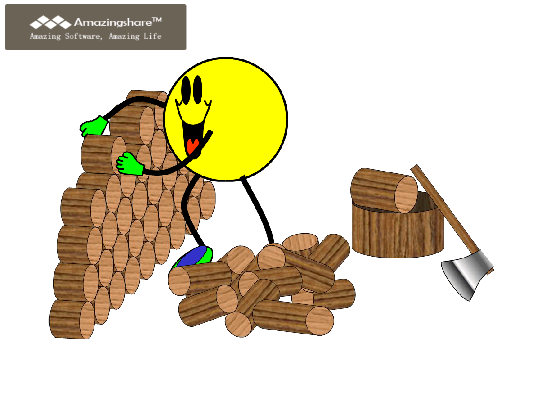Robots playing the game of “Connect Three” while erecting a wall

Design and construct a robot capable of playing the game of “Connect Three” against a similar opponent.
The game is based on two robots taking turns to stack cylindrical building blocks to erect a triangular wall of 21 blocks (see figure) and meanwhile competing to win by forming a group of 3 in-line touching blocks.
Building blocks:
- are cylindrical pieces, 7-8 cm (*) in diameter,
- with two bases painted in each of the two selected (*) colors.
- The teams are responsible to design and provide (at least 11 of) their own building blocks.
- At least 90% of a block base (face) must be painted in the particular color (*).
The stack

- The stack is allowed to lean against an “almost vertical” (about 5-10 degrees off the vertical) supporting back-board.
- The back-board may contain guides at the bottom as seen in the figure, in a way to allow horizontally aligned blocks to touch.
The robot
- The robot must be able to fit inside an upright cylinder of 30 cm in diameter.
- It must be completely self-contained, with no sensors, cameras etc. outside the robot.
- It must be able (or adjustable) to, operate under all lighting conditions: direct sunlight, fluorescent/incandescent/LED lighting etc.
The play:
The building blocks are originally piled in player’s logistic area without any particular ordering or arrangement. A robot at its turn, with utmost care for efficient use of time, must
- pick up one block,
- place it on the board according to its strategy with its own color facing outward,
- clear the way for its competitor and “invite” it to play, and
- prepare and wait for next turn.
All precautions must be taken to avoid collisions.
Possible extra features:
- Celebrating victory.
- Ability to operate in complete darkness.
- Ability to continue if a piece is randomly removed from the stack.
(*) Common standards to be satisfied to make an interactive game possible and to facilitate a fair competition, such as the size of building blocks, colors of the block faces, properties (material, color, etc.) of the supporting back-board and the means of taking turns are to be decided upon by a joint standards committee, composed of representatives of teams undertaking the project.
